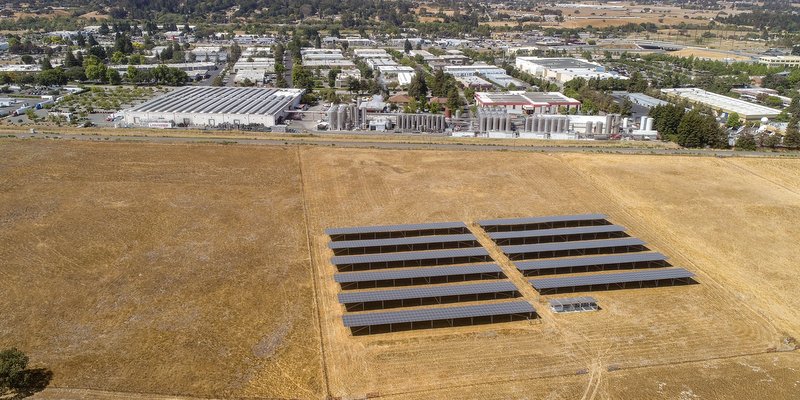
Lagunitas Brewery Company produces millions of barrels a year, and as a result uses a great deal of power. This welcomed the switch to solar power not only reduces its carbon emissions but also the company’s utility bills. Through a hired consultant and rigorous bidding process, Westcoast Solar Energy, a boutique commercial solar integrator based just a few miles from Lagunitas, was chosen to take on the project. Through a hired consultant and rigorous bidding process, Westcoast Solar Energy, a boutique commercial solar integrator based just a few miles from Lagunitas, was chosen to take on the project.
The $5 million-dollar 2.1 MW project with more than 6,000 LG solar panels, successfully offset about 60 percent of the brewery’s energy use and budget during its first year. Prior to the installation, the brewery spent about $1 million annually on electricity. For a different perspective, the solar panels generate enough power for more than 600 average-sized homes.
“Operating the brewery through solar panels and offsetting the amount of energy that we are using is an incredible feeling,” said Keely Wachs, Head of Consumer Affairs & CSR of Lagunitas Brewing Company. “Not only are we excited to see this green energy do great things for Lagunitas, but we’re also proud to know that it’s doing great things for the environment and our community as well.”
In 2020, the establishment was forced to close down temporarily given the COVID-19 pandemic; however, the solar panels were able to over produce energy given there were fewer visitors. This resulted in the return of some dollars over to the brewery at the end of the year after selling energy to local power utilities. Lagunitas has since reopened its doors following the state’s COVID guidelines.
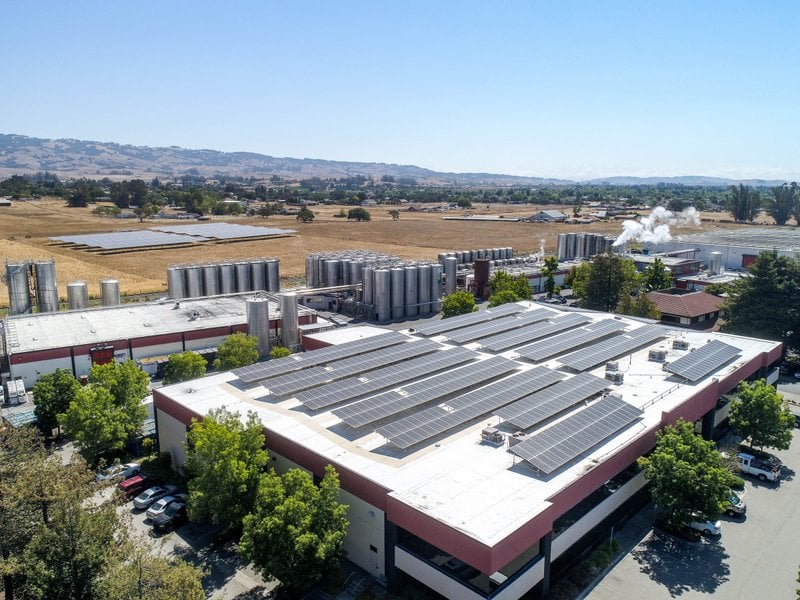
The project: To compensate for the company’s large footprint, the team sought to install three separate arrays. The first was placed on the administrative building which holds around 25 employees, the second on a cold storage building that houses the beer, and the third was installed as a ground mount on a farm owned by the brewery on an adjoining property. The working farm is home to a herd of cattle and sheep that are fed spent grain from the brewing process in addition to their grass diet.
A key challenge for West Coast Solar was configuring the installation in tight spaces on some of the buildings. This meant that adaptability was another criteria that had to strongly be considered when choosing the right solar manufacturer partner.
Having made a commitment to install a premium solar solution for the brewery, Westcoast Solar recommended LG’s 72-cell 340W solar panels, knowing those are well worth the value due to their high performance and reputation, in addition to their own custom racking systems. Westcoast designed and implemented a unique ground mount design that allowed the array to benefit the farm instead of taking away from valuable grazing land. The elevated “Cow-Port” structures were placed at a height where the cows and sheep could graze under the array and provided much needed shade for the herd in the hot California summers. The individual arrays were spaced far apart which allowed for light to reach under the arrays allowing the grass to continue growing.
The initial stages of the project were completed quickly, with new energy efficient roofs for the two penetrated flat-roof arrays including a 230 kW DC administrative building array and a 1.05 MW DC cold storage building array. The Cow-Port (ground-mount) however, located on the other side of the nearby train track took a bit more work to put together. Permits for the ground mount totaled over a year and a half due to the technicality of it being located in a separate jurisdiction on protected farm land.
The feat of bringing power from one side of the train track to the other was another tricky situation to navigate. To top it off, amid the project development, Sonoma County suffered extensive damages from a massive wildfire which destroyed over 5,000 homes. Despite the delays, Lagunitas successfully received its third and final installment of the 850KW Cow-Port.

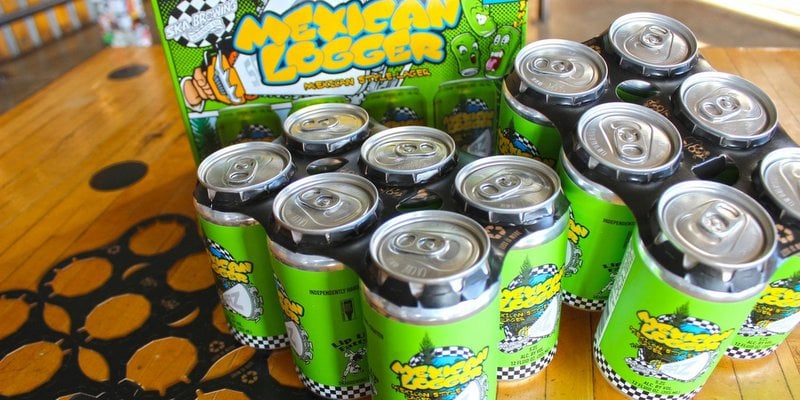
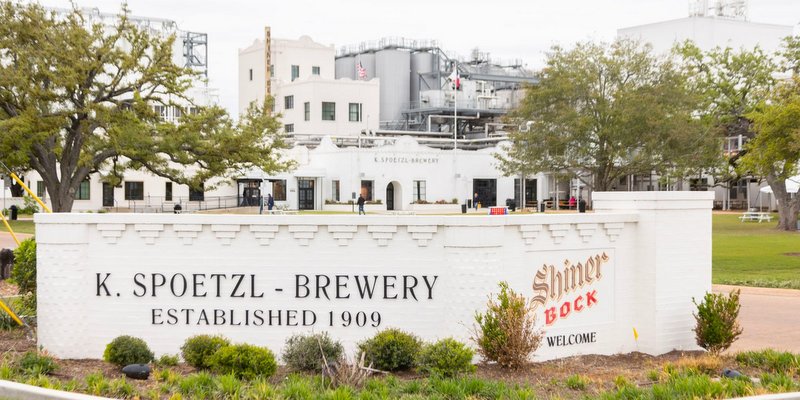
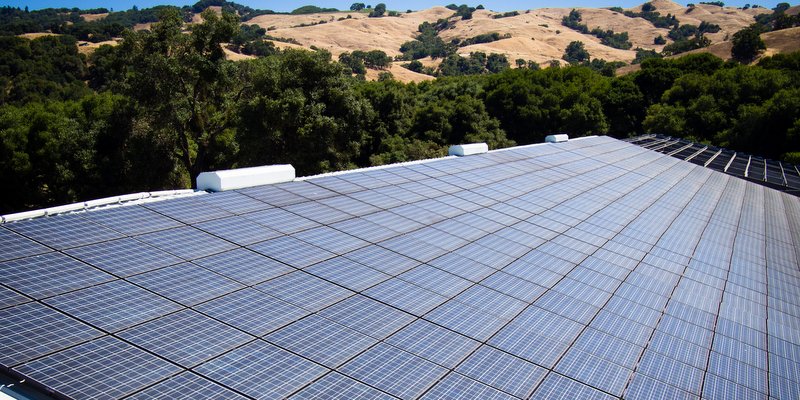

Leave a Reply
You must be logged in to post a comment.